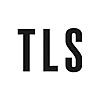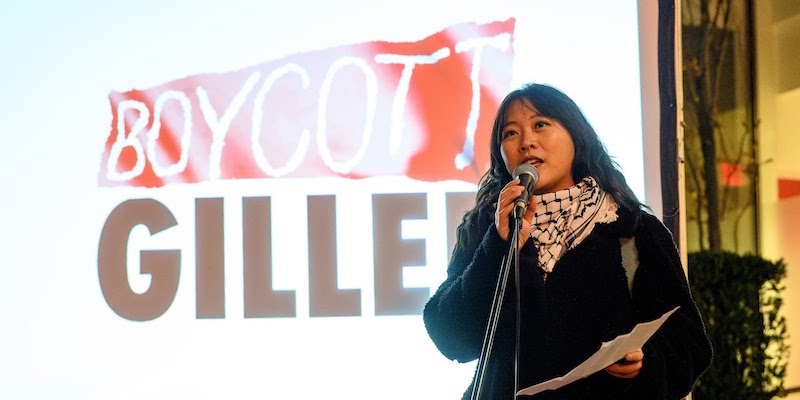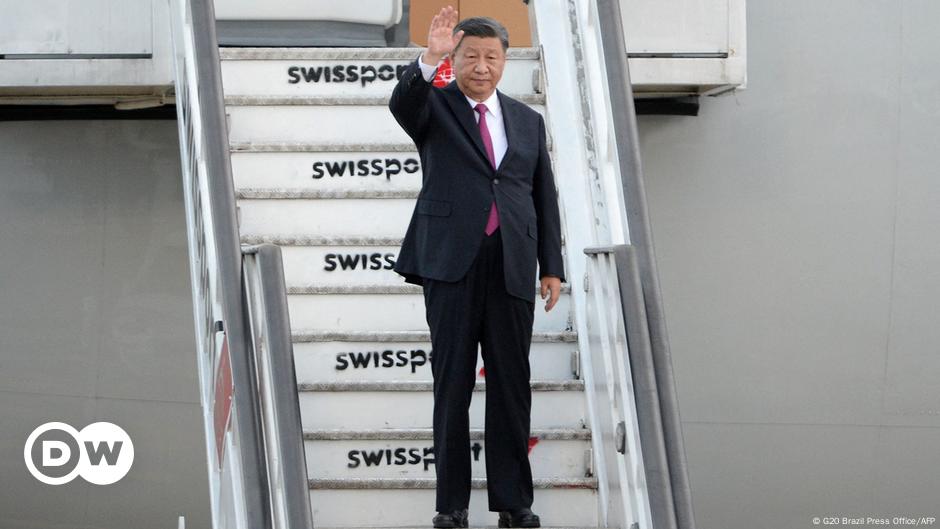As Ronnie A. Grinberg rightly notes, her new study of the world of the New York Jewish intellectuals, Write Like a Man, is hardly the first, and it assiduously follows in the footsteps of others, not least by the players themselves – writers such as Irving Howe, Daniel Bell, Lionel Trilling and Irving Kristol, who, in their memoirs, histories, retrospective essays and roman-à-clef novels, viewed “intellectual life as a form of combat” (Howe). The war was fought roughly from the mid-1930s to the mid-1960s, and its cause, writes Grinberg, was to display the combatants’ coruscating “style of brilliance”. In creating a genealogy of that style and approach, the author, alternating her chapters between general overviews and more individualized case studies, maps the way stations of the classic twentieth-century American Jewish intellectual experience: the immigrant childhood, the hothouse education at City College, the flirtation or immersion with the left, the disillusionment with Stalin, the love affairs and break-ups and gimlet-eyed acceptance of, and by, Ivy League gentlemen’s clubs, along with prizes for the evocation of immigrant experience.
One of these prizes, given by the National Book Award committee to Irving Howe for World of Our Fathers (1976), led to pointed questions about where the mothers were, and those questions serve, in miniature, as a catalyst for Grinberg’s take on this entire subject. Because there were New York Jewish intellectuals who were not male – Diana Trilling, Midge Decter, Susan Sontag, alongside “Gentile cousins” such as Mary McCarthy and Elizabeth Hardwick – and Grinberg’s interest in their experience, both on its own terms and in how it spoke to the broader gender politics of the collective and culture, yields fascinating dividends. Her approach is, largely, doubly framed. First she examines how this overwhelmingly male-dominated world allowed women entrée based either on an accentuation of their “feminine” roles (as spouses, lovers, helpmeets, sexual opportunities, unpaid and uncredited amanuenses) or by deaccentuating their “femininity” entirely: the title phrase, “write like a man”, is taken from the New York Review of Books co-founder Jason Epstein’s remark that “With women in that crowd, the first thing you thought about was whether they were good-looking and if you could sleep with them. But if a woman could write like a man, that was enough”. Heinrich Heine had once considered conversion to Christianity the entrance to European culture; in this milieu conversion to masculinity seems to have been the ticket.
But it was a very particular kind of masculinity to be converted to, and this is where Grinberg’s work really shines. The author is particularly good at tracing a certain collective self-understanding of Jewish masculinity – from the photographs of Roman Vishniac to the films of Woody Allen, from the effete, neurotic Jewish intellectual, the thin, swaying Talmudist or consumptive leftist, to the pugnacious Cold Warrior of the Commentary crowd. This was particularly the case when it came to an area that illustrated the gender divide more powerfully than anything else during the mid-twentieth century, indeed the thing that made the New York Jewish intellectual Norman Mailer famous: military service. As Grinberg points out, most of the New York Jewish intellectuals did not see combat during the war. In some cases this was due to circumstances beyond their control (in Alfred Kazin’s case, an undescended testicle); in others it was a more intentional choice. Even Mailer sought office work.
I’m not sure I agree with Grinberg that “the war did little to redefine [these writers’] understanding of masculinity”. The experience of fighting actual Nazis undeniably left its mark, and certainly, along class and (white) ethnic lines, it ushered in a social transformation unlike anything else in contemporary history. More persuasive is the author’s contention that the particular brand of writerly masculinity performed by the group was a choice, a self-conscious posture. Anyone who tells you that Jewish anything can be easily defined is selling you a bill of goods; and there were plenty of other Jewish models, or genealogies, for these men – or their readers – to choose from. Grinberg runs down some of these paths, especially in the American context: there were the boxers and mobsters and baseball players and, in the eastern European world of this generation’s parents, the Jewish carters and ox-drivers and shleppers, and the writers who chronicled them – Sholem Asch and I. M. Weissenberg and, in American Yiddish writing, Joseph Opatoshu. But for the mid-twentieth-century cohort, trained and steeped in the Marxist art of the historical dialectic, their intellectuality needed to be defined against something, so those other models played their role too.
Ronnie A. Grinberg’s analysis of all this makes for fascinating reading, along with a good dose of nostalgia. It also makes one wonder what exactly it must have been like to sit at those public debates or dinner parties, locked in combat over the politics of the newest succèss d’estime or the future of the postwar order.
Jeremy Dauber is a Professor of Jewish Literature and American Studies at Columbia University. His most recent book is American Scary: A history of horror, from Salem to Stephen King and beyond, 2024
The post Mice and mensch appeared first on TLS.

 By Times Literary Supplement | Created at 2024-11-14 02:17:54 | Updated at 2024-11-23 21:14:50
1 week ago
By Times Literary Supplement | Created at 2024-11-14 02:17:54 | Updated at 2024-11-23 21:14:50
1 week ago








